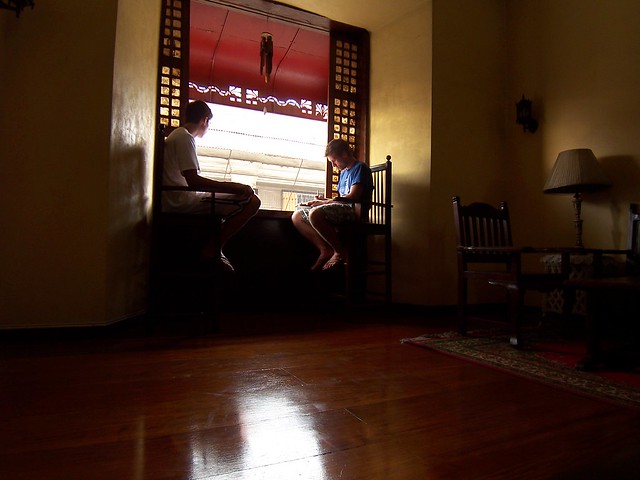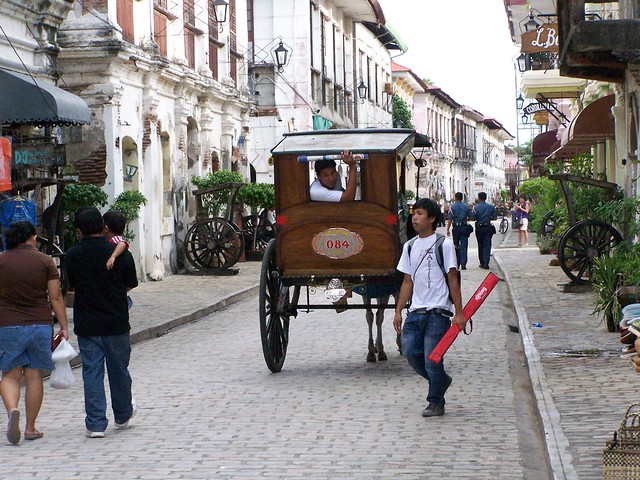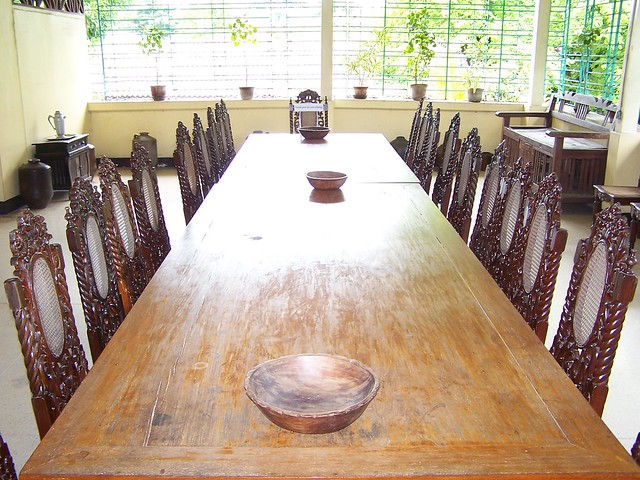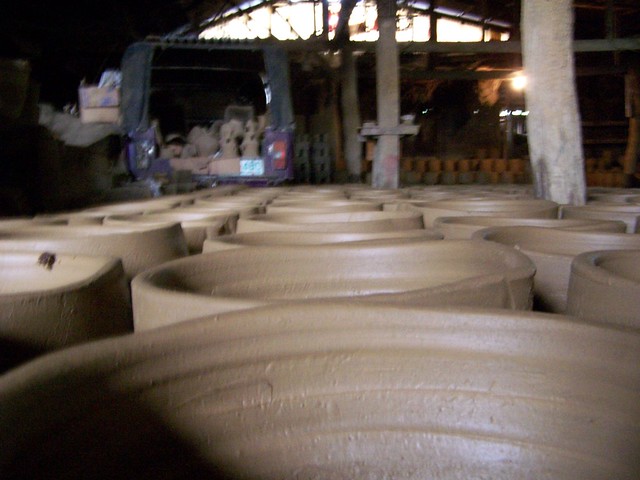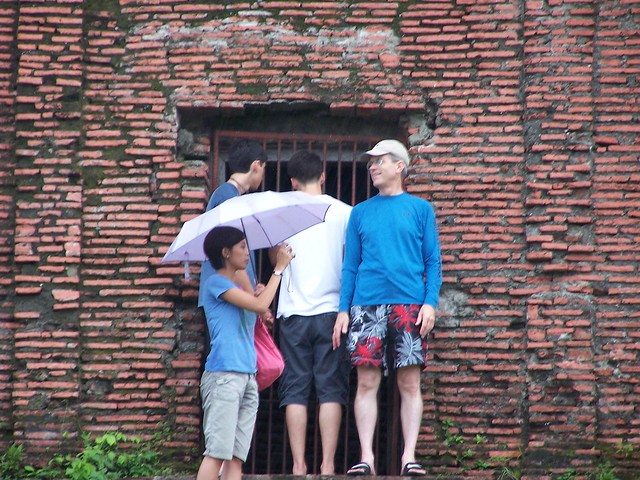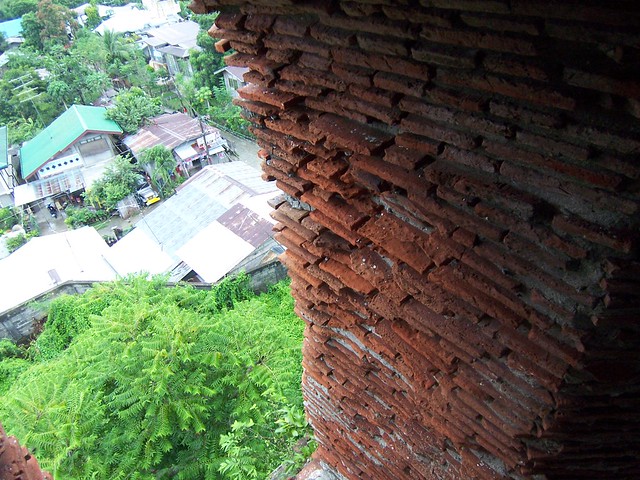At any rate, we arrived in Vigan mid-afternoon and quickly found our hotel (good sign) — the Vigan Heritage Hotel. Inn or B&B would have been a more appropriate name, as it was a beautiful old Spanish-colonial mansion they restored and turned into a hotel. The second floor contained all the rooms and a couple public living room areas. Even more importantly, there were no extra insect guests and the beds were more comfortable.
Ascertaining our accommodations were an improvement over the previous establishment, we headed to a restaurant for lunch/dinner then walked down Crisologo Street. This street, a shopping district, is preserved to look as it did during the Spanish era (1750s) and motorized vehicles aren't allowed — only calesas (small horse-drawn carriages).
Ian and I had started coming down with colds — Ian the day before, and me during the 10-hour drive. To prevent it from getting worse and ruining our trip, Mom and Didy took us to a nearby doctor for a diagnosis and treatment.
Can you guess what the doctor said about Ian?
Yes, he's pregnant! Just kidding — we laughed that was the room they put us in. Don't worry, no kids yet!
It's amazing how cheap healthcare is here — the doctor's visit for both of us plus all our medication was around $20. I think that would have gotten us a bag of cough drops back home, hah!
The next morning I felt much better, especially after a breakfast of champorado – a chocolate rice soup popular as a breakfast food. I'd been waiting to see it on the menu somewhere we went!
After breakfast, Ian decided to take a preemptive nap, and the rest of us headed to the Crisologo Museum. Museums in Vigan are actually the old homes of deceased, wealthy, important people that still contain all their furniture, clothes, and even perfume bottles, with lots of photos and memorabilia thrown in. Crisologo was a congressman who was assassinated in the 70s over local politics. Mom said they take local politics very seriously in the Philippines. Apparently. The museum had his old military uniforms, certificates, photos with important people, bathroom scale, and grisly photos of his murder, which occurred in the church during mass. It's still unsolved, because presumably the gunmen were hired and no one wants to talk so they aren't killed too.
Calesa rides were next, and we spent an hour riding around Vigan in the drizzle, stopping at a church over 400 years old and at a former president's house/museum.
Ian rejoined us for lunch, then we did some shopping as we walked down Crisologo Street back to the hotel. Let me tell you, Mom is a great haggler and she saved us lots of pesos!
We regrouped at the hotel, then headed to Ruby Pottery, where they make local pottery by hand. Mom, always chatty, struck up a great conversation with the potter. His grandfather started the business, and his father is a national artist in pottery. Currently, they are working on an order for 700 million tons of bottomless clay jars used for collecting iodized salt from the ocean. They can make 400 pots per day. I don't know how that translates into weight, but he said they'd be working on the order for years.
Next on the list was the food court, where we had fresh empanadas. Ian almost tried balut (google it), but didn't because it was 17 days old and Mom said it just isn't so tasty when it's that old — too many feathers and bones at that point. We also stocked up on our sweets, getting bibinka (a sweet and sticky rice cake) and tinubong (a sweet and sticky rice treat cooked in a stick of bamboo) before we headed back to the old church. Our timing on this trip has been really good (my dolphin encounter, for example) and it happened again. As we were walking up to the old brick bell tower beside the church, Brother Francis, a lay minister, walked up and asked if we'd like to go inside and walk up to the top. Of course! The stairs were a bit rickety to get all the way to the bells, but the view was worth it.
We finished up with a quick dinner and a couple games of Uno at the hotel. Tomorrow we leave bright and early for Baguio, the mountain town where Mom and Dad went on their honeymoon! Stay tuned!

